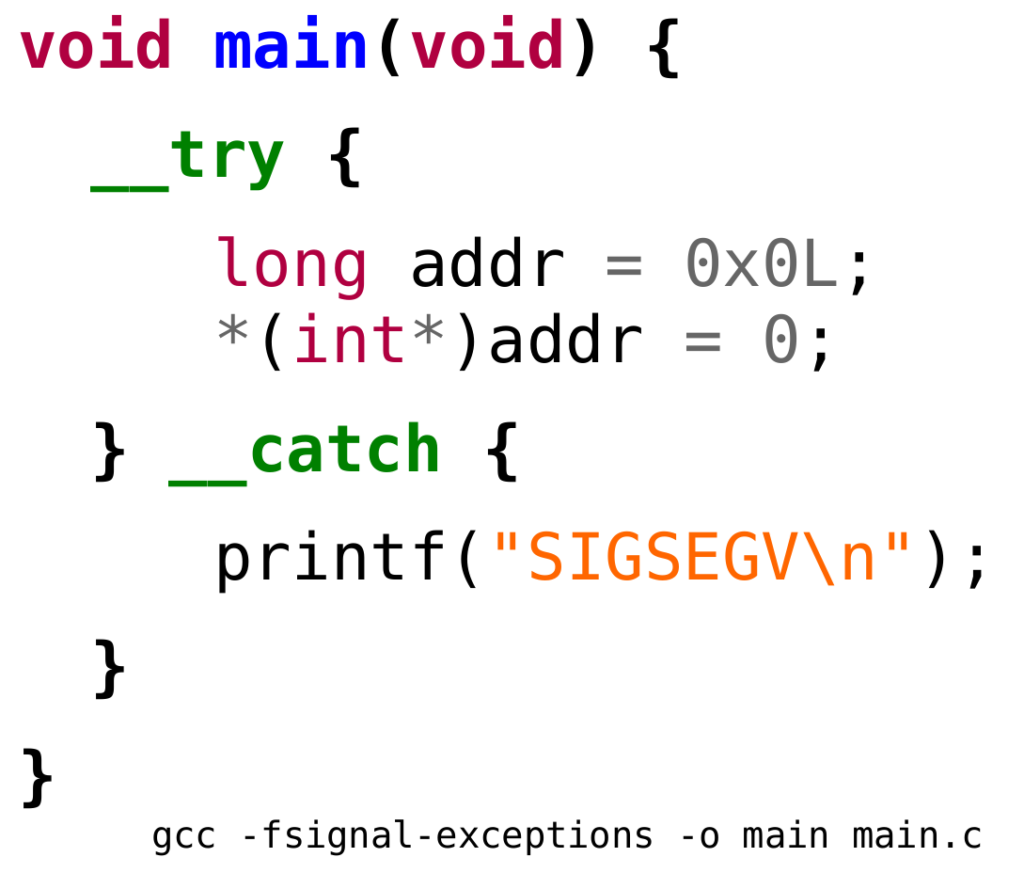ELF binaries generated by the GCC compiler may contain a special section named .gcc_except_table, which is also known as LSDA (Language Specific Data Area). Despite of its name, it’s generated by GCC’s language-agnostic back-end and, thus, is language independent. In this article we will briefly describe it and answer when it is generated, what is in-there and how it is used.
.gcc_except_table section is related to exceptions in the sense of try-catch-finally control-flow blocks. Part of the information there is for handling the exception and the rest for cleanup code (i.e.: calling object destructors when the stack is unwinded).
In a nutshell, GCC language front-ends (such as C++) generate try-catch-finally nodes which are appended to the Abstract Syntax Tree (AST). These nodes are then transformed into back-end nodes and, after multiple passes, simplified into jumps and labels. Information about exception regions and landing pads is kept in annotations associated to each function.
Continue reading “Understanding the .gcc_except_table section in ELF binaries (GCC)”
 ) at netlabs. I suggest to follow the video along with the slides. More information about this project here.
) at netlabs. I suggest to follow the video along with the slides. More information about this project here.
